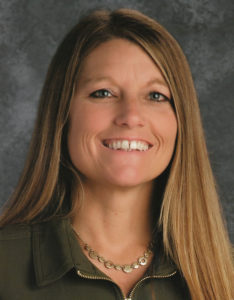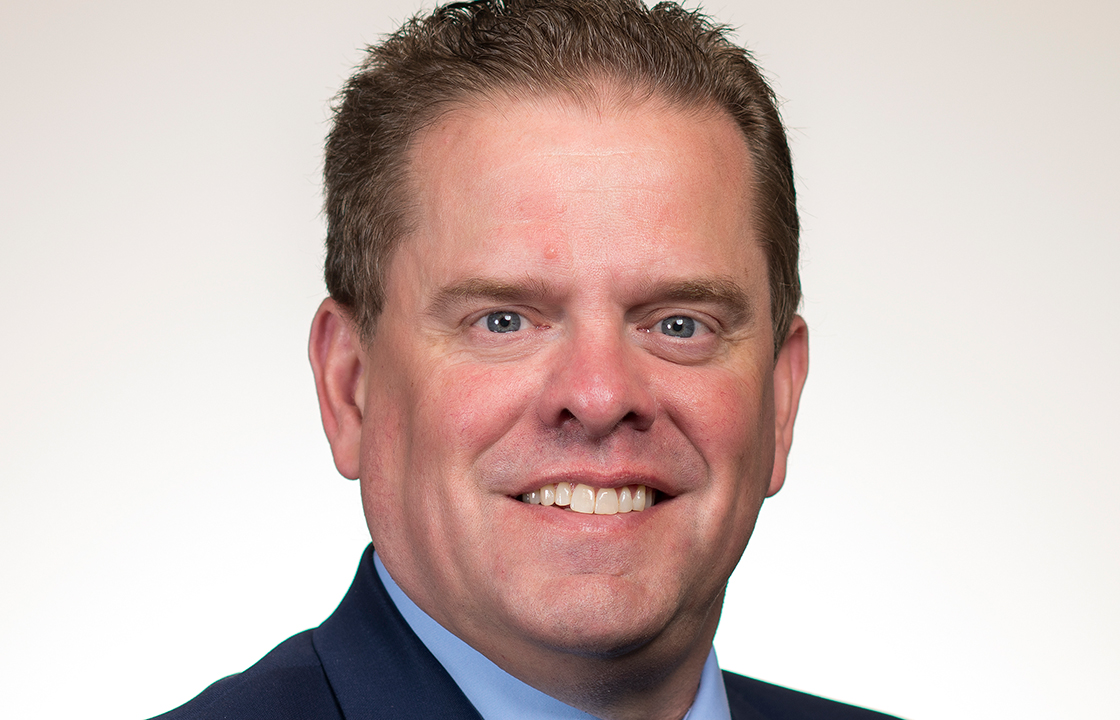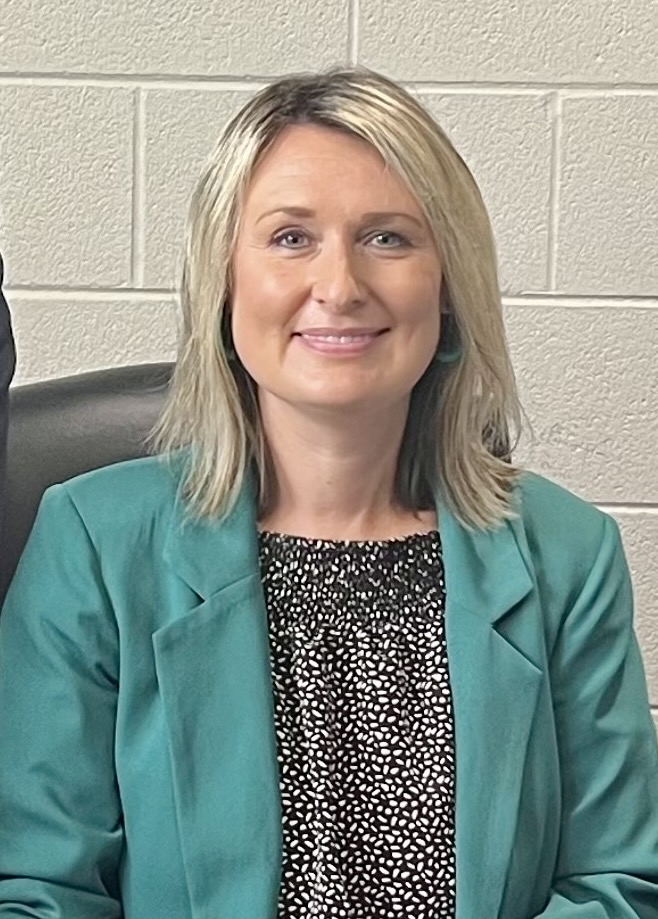
Belinda Furman
Would you be willing to spend your summer pulling around a wagon full of books in your local neighborhoods just to get more students to read? Would you be willing to spread a tablecloth on the ground and invite children and their families to read with you? Would you volunteer as a mentor or coach for a group of students who need positive role models?
These are just a few of the things that I have done to try to help others and to model being “the change” for my students.
As a teacher, I have always kept one question in my mind and in that of my students. Can one person make a difference? This message has been an important theme in helping guide my decisions as a teacher and now, a curriculum specialist. I always felt I had a special role when it came to teaching my students not just academics, but how to be a good citizen.
At an early age, students need to learn how to engage in positive interactions with others. As they grow older, their social and emotional health and learning is just as important. According to Roger Weissberg in an Edutopia blogpost called “Why Social and Emotional Learning is Essential for Students,” there are five keys to successful social-emotional learning: self-awareness, self-management, social awareness, relationship skills and responsible decision making. All of these areas have to do with the students understanding different perspectives, helping students to make good choices in their own lives, and encouraging students to become engaged citizens.
I, just like other teachers, have always wanted to make a difference in the lives of my students and leave a lasting impression. One way that I have tried to make this difference is to help my students see that they can make a difference too by teaching them about empathy. They can make a transformation in the lives of others and in their own lives.
Now I know that this may seem like a deep message to some of our students, but with modeling and guidance they can come to understand what it actually means.
I always began with history and books to teach this central idea. For example, I would read books about Martin Luther King Jr., Rosa Parks and Ruby Bridges. I would have the students discuss the impact these people had in the world and on the people they knew. They would talk about what the world would have been like had these individuals never been born. It was my job to help them see that these were just ordinary people whose decisions reached far beyond themselves.
Reading about people and characters who make a difference is only one way to teach this important theme. I have brainstormed with my students different ways to be a good citizen or kind person. The holidays are always a great time to make a difference by hosting food drives, coat drives and book drives. However, the holidays are not the only time that students can help. Kind acts and generosity can be shown every day.
Help students to see that volunteering and helping others is a wonderful way to make a difference. Teaching students what it means to be an engaged citizen and helping others can begin in the classroom and reach out into the community. Students just need to think of a cause they would like to support. Whether it is volunteering at a soup kitchen, collecting food or organizing a fundraiser, they may think they are only impacting the few around them, but they need to see the bigger picture. If we all work together, we can do great things.
Another reason I like to teach students to think about how one person can make a difference is to motivate them. Students today face so many challenges and have so much to learn. It can be overwhelming for them. Teaching students to believe in themselves and inspiring them to believe they can make a difference in their own lives and that of others is vital. We have to encourage intrinsic motivation and help develop a growth mindset in our students.
Mahatma Gandhi is often credited with saying, “Be the change you wish to see in the world.” I see this as a personal challenge for myself and my students. Being the difference or change can help our students to become bigger and better people. One of our goals as educators is to teach our students to become successful citizens who become active participants in their communities. We need to inspire our students to be their best, to find their purpose so they can thrive as adults in society.
There are so many little things we can do to teach our students to help impact others. It doesn’t mean we have to pull a wagon full of books through the neighborhood throughout the summer. We don’t even have to organize a book drive or food drive. We can just try to get our students to become engaged citizens and think of how they can make a difference in the world too.
As Mother Teresa said, “I alone cannot change the world, but I can cast a stone across the waters to create many ripples.” Together we can help our students to see that they can pick up that stone and get the ripple going.
Belinda Furman is the curriculum specialist at Mason-Corinth Elementary School. She is in her 18th year at Grant County Schools. She taught last year at Sherman Elementary as a second grade teacher and her first 16 years at Dry Ridge Elementary. Furman earned her bachelor’s degree from Northern Kentucky University, her master’s degree in instructional leadership from Eastern Kentucky University, and achieved her Rank 1 through National Board certification. She is the 2018 Kentucky Elementary Teacher of the Year.



Leave A Comment